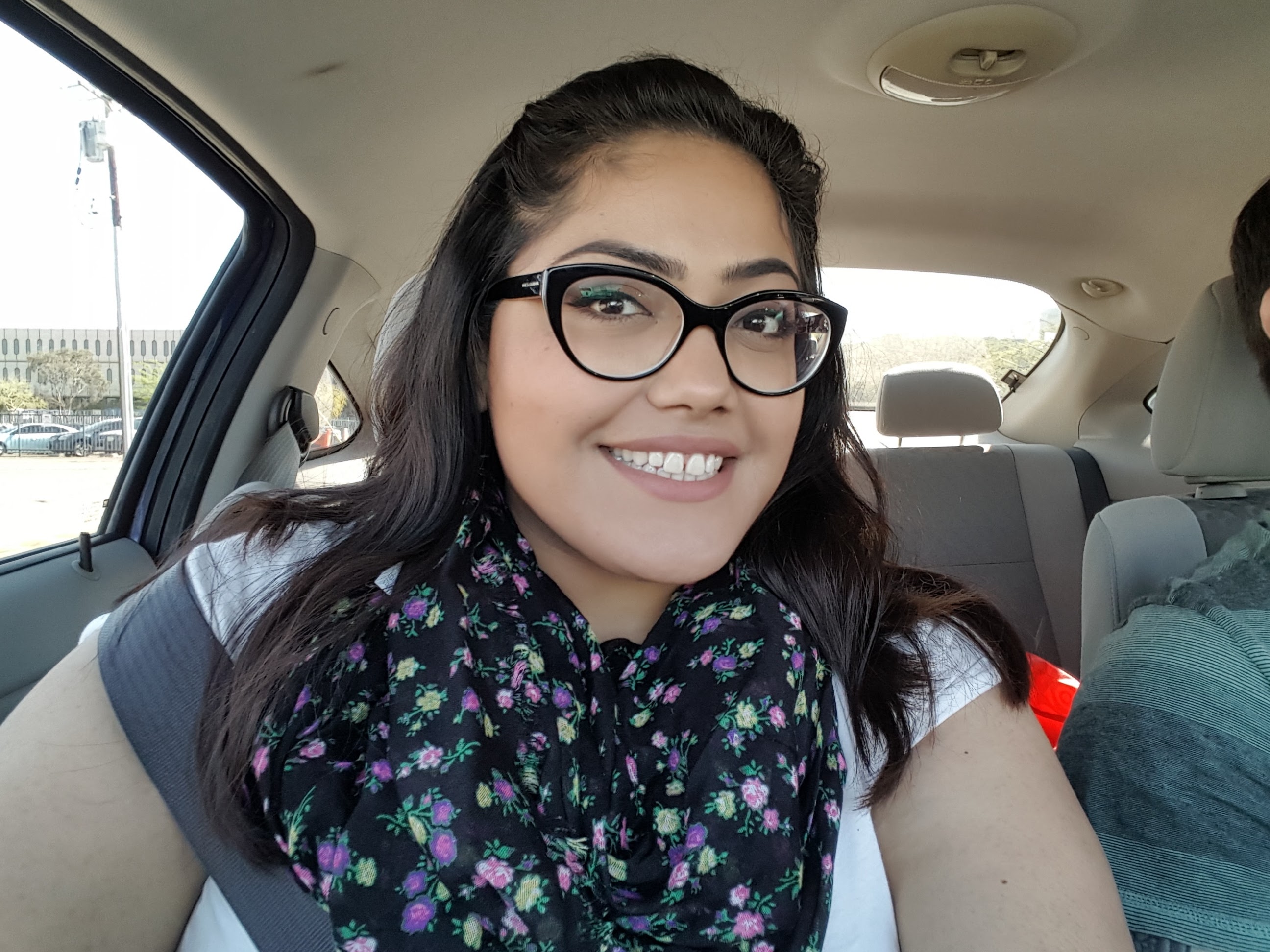Student Spotlight: Brenda Esmeralda Jimenez
Staying Connected Through Agricultural & Resource Economics Research During COVID-19
Greetings, fellow Wildcats! My name is Brenda Esmeralda Jimenez, and I am a Department of Agricultural and Resource Economics student at the University of Arizona. Fall 2020 is the start to my senior year, the beginning to the end. Overall, this year of 2020 has been a whirlwind to everybody with the events of COVID-19. Post Spring Break, many routine procedures changed to what seems indefinitely and learning methods became new means, opening the door to new ways in creating a more socially distant classroom. Zoom is the bane of everyone’s existence; something that both sides of the classroom had to learn very quickly. A learning process that will transition into the new school year, along with new distance learning tools.
It may have taken more exertions to transition to this novel lifestyle while being in quarantine and maintaining a “stay-at home” routine for the summer. But this made way to extend my and add the things I enjoy the most, such as cooking, reading, video games, knitting (the newest hobby, brought to you by quarantine), a little indoor plant propagation, spring cleaning, rearranging the Feng Shui, and binge-watching programs (didn’t we all?) that have been in the queue for some time. Preparing and cooking foods that require more stretches of time and determination. Sourdough bread, anyone? Reading plenty of books that occupied most of the long days and bike riding on days before daily Heat Excessive warnings. Zoom become a normal way to attend “at-home happy-hour” with friends and Sunday baking with family. Even celebrating a few birthdays this way, including my own. Some birthday celebrations made for an obligatory car parade; homemade signs and all. Everything to create a more pleasant COVID-19 summer break.
The summer did also bring some other great opportunities. The stay-at-home culture encouraged me to take a couple summer courses in order to stay in the distance learning momentum. I took advantage of some of the agricultural and resource economics courses being offered in an accelerated environment to keep the momentum going. A particularly exciting opportunity was a student position working with Dr. Anna Josephson, a faculty member of the Department of Agricultural and Resource Economics in the area of development economics, to study the outcomes of food access and food security in the effects of COVID-19. According to the Economic Research Service of the Unites States Department of Agriculture, food security is defined by household means of access by all members at all time to enough food for an active and healthy life (USDA 2019). This includes ready availability of nutritionally adequate and safe foods, and assured ability to acquire acceptable foods in socially acceptable ways. The acceptable ways being defined as the current precautions that have been highly recommended by the CDC when being in public areas and business, such as the grocery store as you may assume in this particular circumstance.
With the University of Vermont, we generated and conducted a national survey that will allow us to gather data on the outcomes of these events in regard to food access and security. The national survey was also built to be a foundation piece to help other states conduct their own survey at their state level, which is what we did with fellow specialists at Arizona State University. We condensed the same survey and adjusted questions to make them more relevant for Arizonans to answer on the state level. All this to find a wide range of responses from various groups of households on how COVID-19 effected their household’s sustenance; whether this be a change in household income and/or the change in supply of foods. The aim of the research is to provide better understanding of these outcomes including the potential to identify more unique and/or common situations related to this pandemic. A data project like this could also be used for comparison in similar economic situations and policies needed in the future. In the process, I learned a lot about the uses of the survey software called Qualtrics and all the applications it has to offer to cater to any project. My roles included assisting in providing a well translated survey for Spanish-speaking respondents, using raw data to convert to translated data, and gathering data to create briefs on more defined data. In total, a prodigious opportunity to put the concepts we learned from the courses into action in real-time and in real situations.


